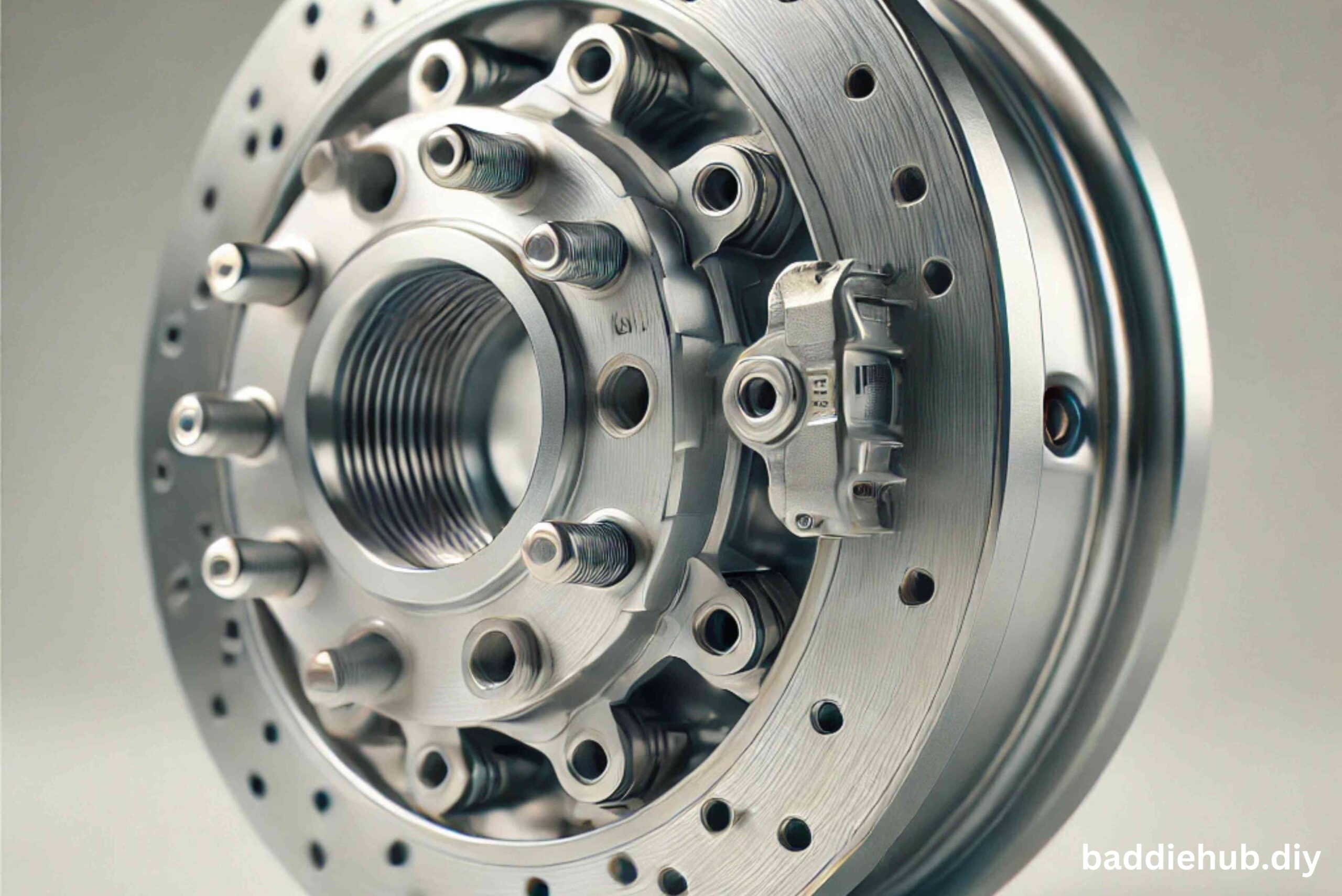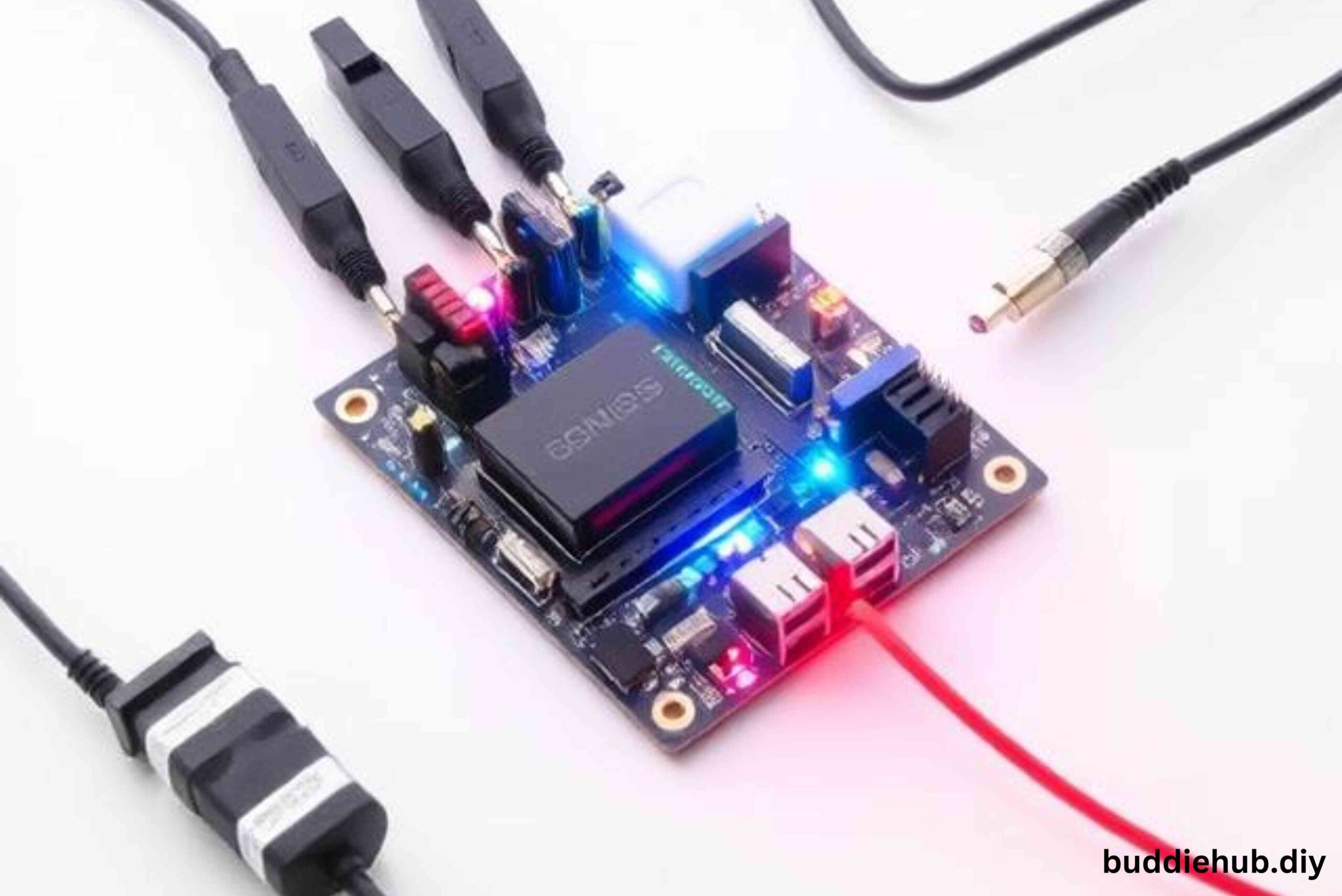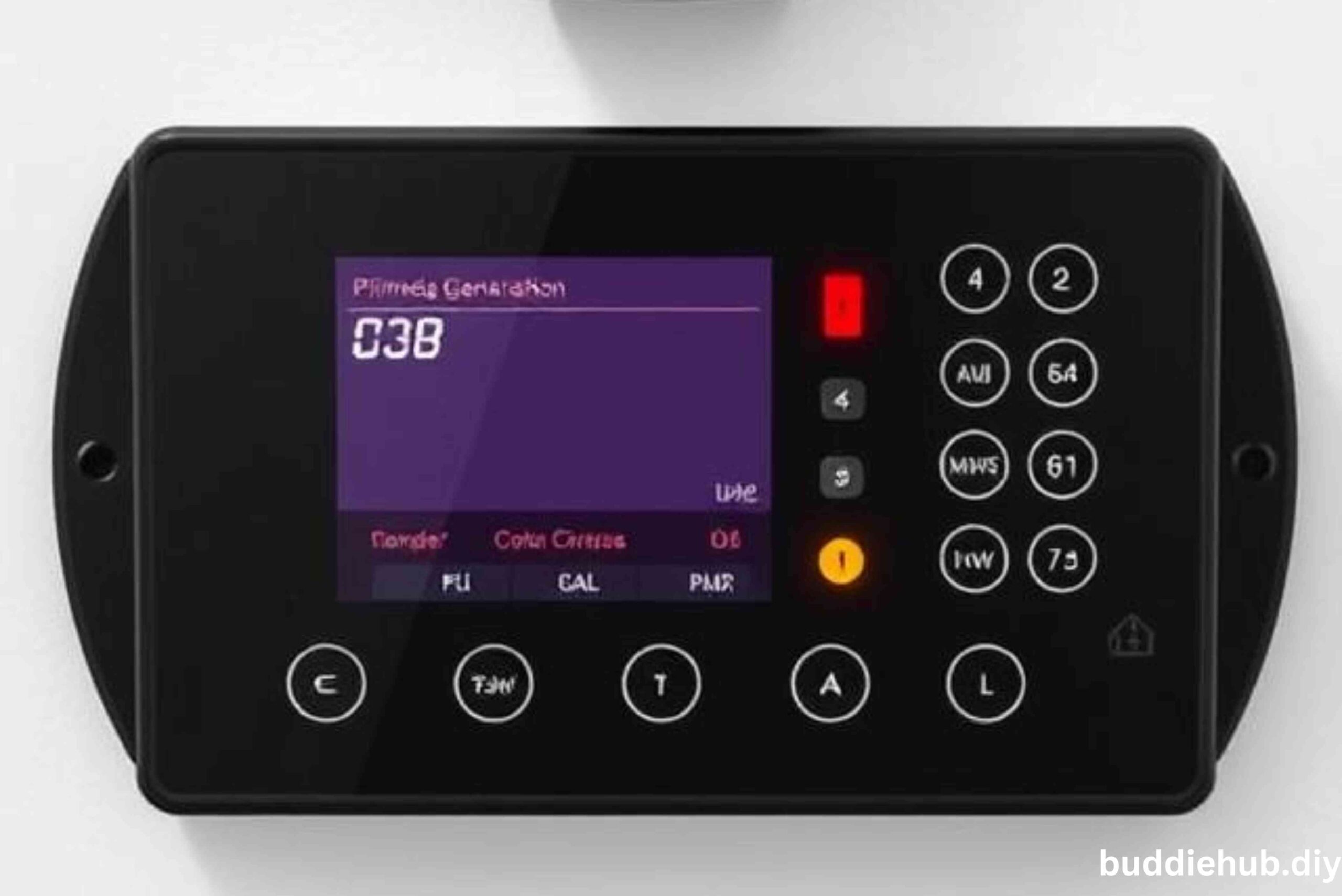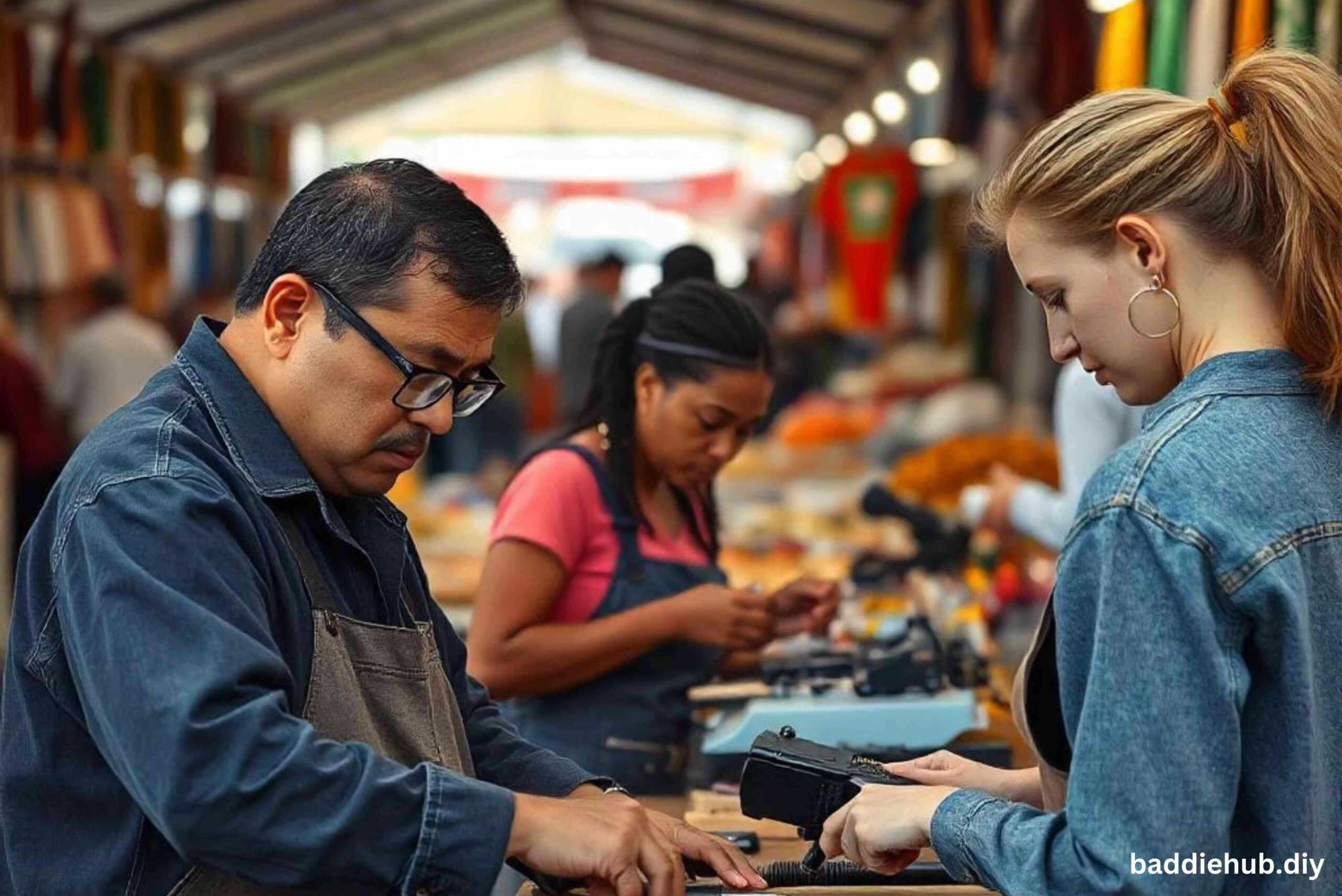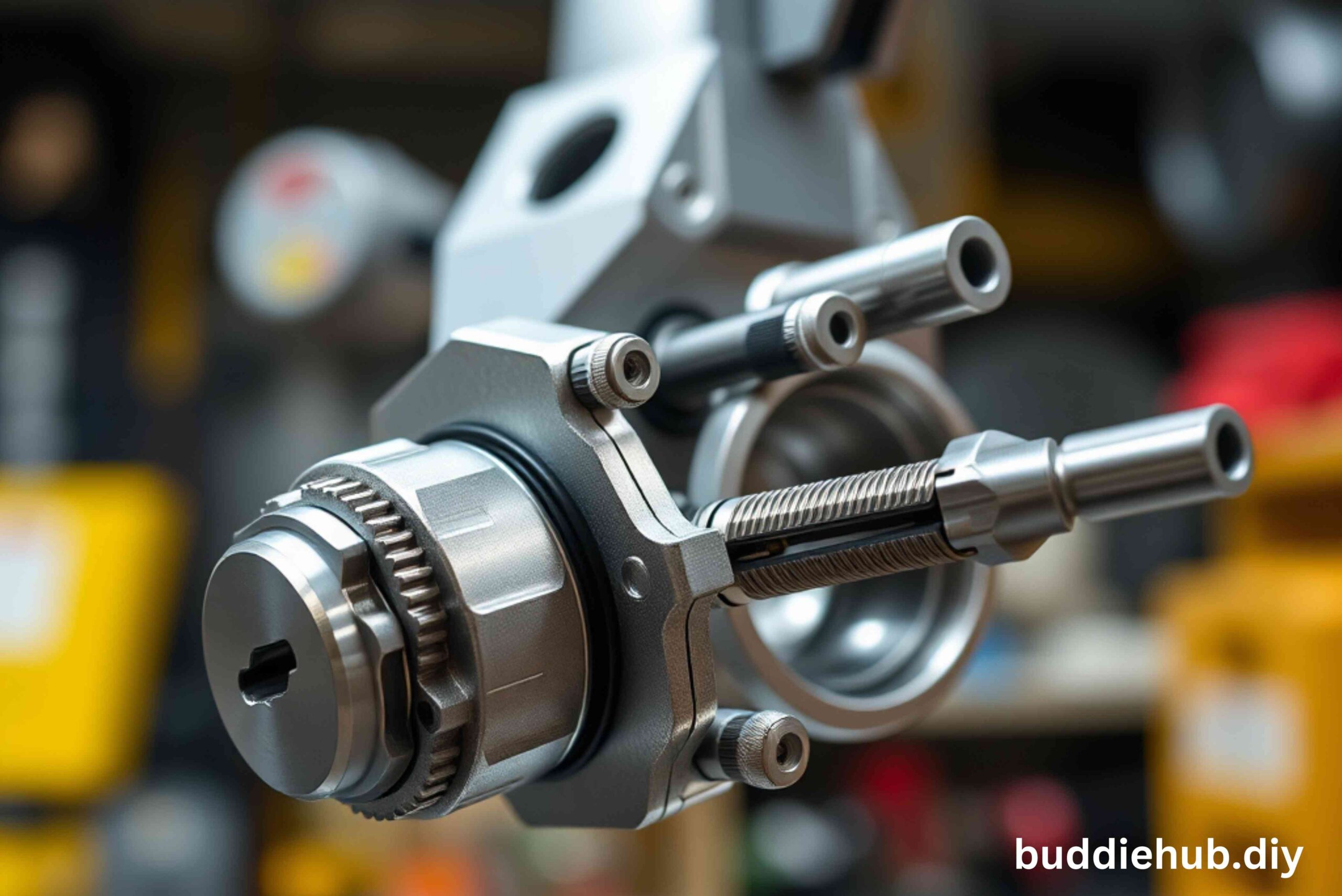Introduction to the гальмівний барабае чезет 472.6
The гальмівний барабае чезет 472.6 drum brake is a hallmark of reliable braking technology. Known for its durability and performance, it’s a favorite among enthusiasts and everyday riders. But like any mechanical component, it needs regular care to perform its best.
Why Maintenance Matters
Imagine relying on your brakes during a downhill ride, only to find they’re not responsive. Scary, right? Regular maintenance ensures your drum brake delivers consistent stopping power, minimizes wear, and prevents costly repairs down the line.
Tools You’ll Need
Before diving in, gather these essentials:
- Screwdrivers (flat and Phillips)
- Wrenches
- Cleaning brush
- Degreaser
- Sandpaper or emery cloth
- Lubricant
- Replacement parts (if needed)
- The process is more effective and seamless when one has the correct tools.
Inspecting Your Drum Brake
Start by giving your drum brake a thorough inspection. Look for:
- Visible wear and tear: Check for cracks or deep grooves in the drum.
- Brake shoe thickness: Ensure the shoes haven’t worn down beyond safe limits.
- Loose components: Tighten any bolts or screws that might have come loose.
Regular inspections help catch issues early.
Cleaning the Drum Brake
Dirt and grime can reduce braking efficiency. Here’s how to clean it:
- Remove the drum brake assembly.
- Use a degreaser to clean the drum and shoes.
- Scrub gently with a brush to remove stubborn dirt.
- Wipe everything dry with a clean cloth.
Think of this as giving your brake a spa day — it’ll thank you with improved performance.
Adjusting the Brake Mechanism
Proper adjustment ensures optimal braking power. Follow these steps:
- Locate the adjustment nut.
- Turn the nut to tighten or loosen the brake tension.
- Test the brake lever to ensure it’s not too tight or loose.
Aim for a balance where the brake engages smoothly without dragging.
Lubricating Key Components
Friction is essential for braking, but some parts need lubrication to function smoothly:
- Apply a small amount of grease to pivot points.
- Avoid getting lubricant on the drum or shoes.
This step reduces wear and makes operation smoother.
Replacing Worn Parts
Worn-out parts can compromise safety. Replace:
- Brake shoes: When they’ve thinned out.
- Springs: If they’ve lost tension.
- Drum: If it’s deeply grooved or cracked.
Using quality replacement parts ensures longevity and reliability.
Upgrading for Better Performance
Want to take your drum brake to the next level? Consider these upgrades:
- High-performance brake shoes: For improved stopping power.
- Lightweight components: To reduce weight and enhance handling.
- Aftermarket drums: Designed for better heat dissipation.
Think of upgrades as giving your brake a performance boost!
Troubleshooting Common Issues
Facing problems? Here’s how to solve them:
- Squeaking noises: Clean the drum and apply anti-squeal paste.
- Poor braking: Check for worn shoes or misalignment.
- Dragging brake: Adjust the tension or check for stuck components.
Addressing issues promptly prevents further damage.
Prolonging the Life of Your Drum Brake
To keep your drum brake in top shape:
- Clean it regularly.
- Avoid sudden hard braking.
- Perform routine inspections.
Simple habits can make a big difference.
When to Seek Professional Help
Some problems require expert attention. Consult a professional if:
- The drum is severely damaged.
- Adjustments don’t fix the issue.
- You’re unsure about the repair process.
It’s better to be safe than sorry.
Safety Tips During Maintenance
- Always wear gloves to protect your hands.
- Work in a well-ventilated area.
- Double-check everything before reassembling.
Safety first — for you and your bike.
Conclusion
Maintaining and upgrading your Čezet гальмівний барабае чезет 472.6 drum brake doesn’t have to be daunting. With regular care and a few thoughtful upgrades, you can ensure peak performance and safety for years to come. Remember, a well-maintained brake isn’t just about efficiency; it’s about peace of mind.
FAQs
- How often should I inspect my Čezet 472.6 drum brake?
Inspect it at least once a month or before long rides to ensure everything is in working order.
- What are the signs of a worn-out drum brake?
Look for reduced braking power, squeaking noises, or visible wear on the drum and shoes.
- Can I upgrade my drum brake without replacing the entire system?
Yes, you can upgrade specific components like brake shoes or drums for better performance.
- Is it safe to clean the drum brake with water?
Avoid using water as it can cause rust. Use a degreaser instead.
- When should I replace the brake shoes?
Replace them when the lining thickness is less than 2mm or as recommended by the manufacturer.

